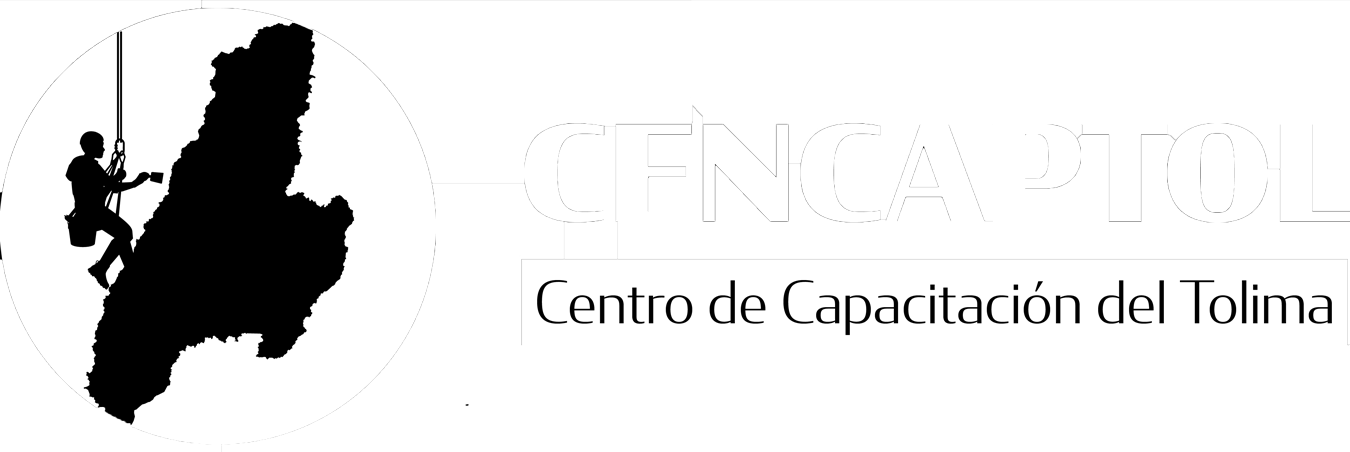Content
We’d like to share more about how we work and what drives our day-to-day business. I/we have no positions https://simple-accounting.org/ in any stocks mentioned, and no plans to initiate any positions within the next 72 hours.
Impac Mortgage Holdings, Inc. Announces Date of Redemption of Series B Preferred Stock and Series C Preferred Stock – Yahoo Finance
Impac Mortgage Holdings, Inc. Announces Date of Redemption of Series B Preferred Stock and Series C Preferred Stock.
Posted: Fri, 28 Oct 2022 13:00:00 GMT [source]
Preferred stock investors in private companies are often concerned about achieving liquidity — the ability to sell their shares — in the event that the company does not go public and is not sold within a specified period of time. A redemption right grants the investors the right to sell their shares back to the company for a fixed price at a fixed time. The fixed price is generally the cost of the stock, but, as with liquidation preferences, many variations are possible. Preferred shares may or may not have voting rights in addition to the basic rights provided by state law.
Why Preferred Stock Funds Are Looking Attractive for Income Investors
The $13.9 billion iShares Preferred and Income Securities ETF PFF is the largest fund in the category and tracks an index “composed of U.S. dollar-denominated preferred and hybrid securities,” according to its prospectus. Preferred shares are actually “callable,” which means that the issuer can redeem them after a predetermined period. It may be in the issuer’s best interest to call back the shares in order to stop paying dividends. Investors in preferred shares stand to enjoy a substantial profit, assuming the face value of the shares has increased from the time of purchase. Some come with call provision, which means the issuing company has the option to redeem the shares whenever it wants to.
- Preferred stock is attractive as it offers higher fixed-income payments than bonds with a lower investment per share.
- Since 1900, preferred stocks have seen average annual returns of over 7%, most of which are from dividend payments.
- Prior preferred stock—Many companies have different issues of preferred stock outstanding at one time; one issue is usually designated highest-priority.
- These issues receive preference over all other classes of the company’s preferred .
However, there are some companies in other sectors that issue preferred stock as well. If the company’s common stock doubles in value, the preferred stock isn’t likely to do the same. You do not share in the equity appreciation generated by the business. Preferred stock share prices can certainly move, typically in response to interest rate fluctuations or the perceived health of the business, How to Sell Preferred Stock but the price isn’t related to the profits of the underlying company. If you ever get tired of owning a preferred stock, some preferred stocks are convertible—which means you have the chance to turn your preferred stock into a certain number of shares of common stock for a price. These preferred shares are offered when the company sets up a trust and issues preferred shares through that trust.
Steps to Issue Preferred Stock
Common stock generally comes with voting rights and has historically appreciated the most over long periods of time, as a company’s earnings, free cash flow, and dividends experience growth. A $1,000 investment in Apple’s IPO would be worth $127,000 at recent prices ; add in the dividends it has paid, and the total return goes to $162,500. There have also been times when Apple shares have fallen sharply over shorter periods. This is part of the risk with common stock, which is far more volatile than preferred stock. Different types of preferred stocks have their own unique features that impact their level of risk and, in turn, affect how much you can expect to receive in dividend payments. Investors generally have the right to buy and sell preferred shares in the public or private stock markets.
But the preferred shareholders will get no more than the $9 dividend, even if the corporation’s net income increases a hundredfold. Common stock and preferred stock both give the holders ownership of a company. You’re probably more familiar with common stock, which provides voting rights and may even pay dividends. Preferred stocks offer more regular, scheduled dividend payments, which may be appealing to some investors, but they may not provide the same voting rights or as much potential for growth in value over time. Convertible preferred stock grants the holder the right to convert shares of preferred stock held into another class, usually common stock, at a specified rate. Conversion rights grant the holder the advantages of both equity and debt financing.

